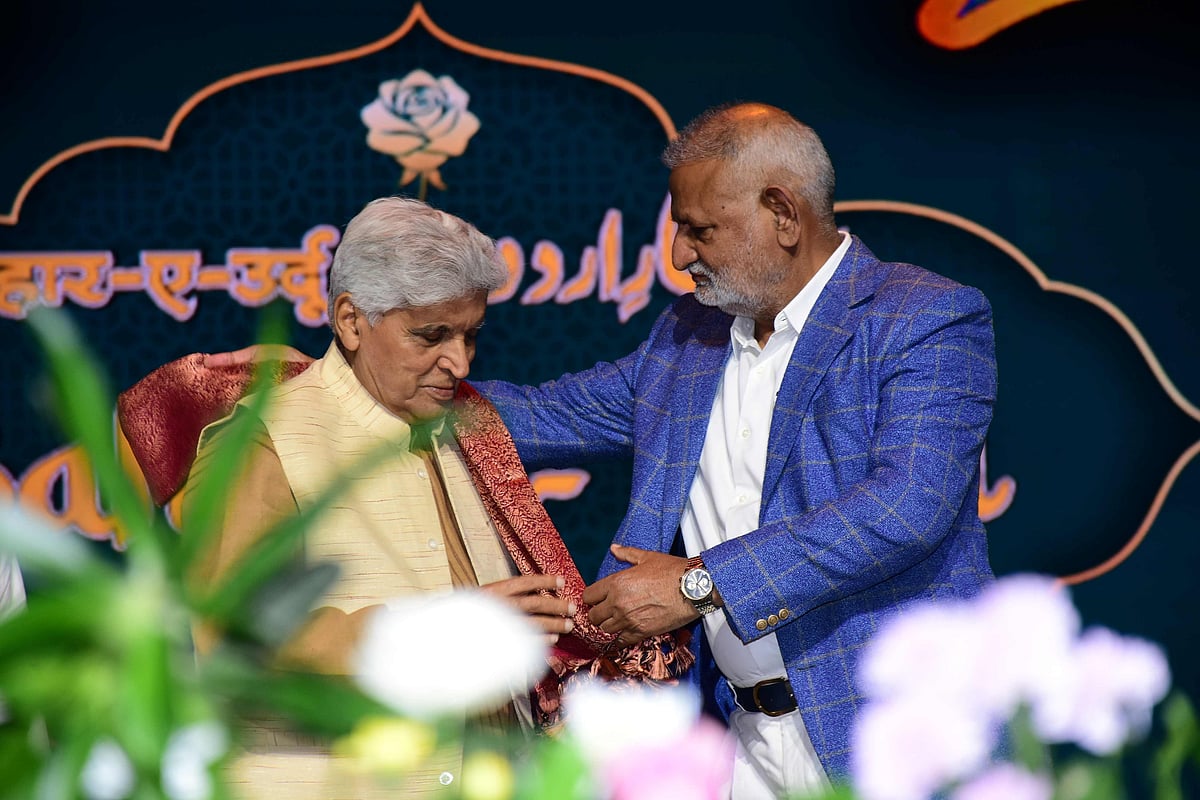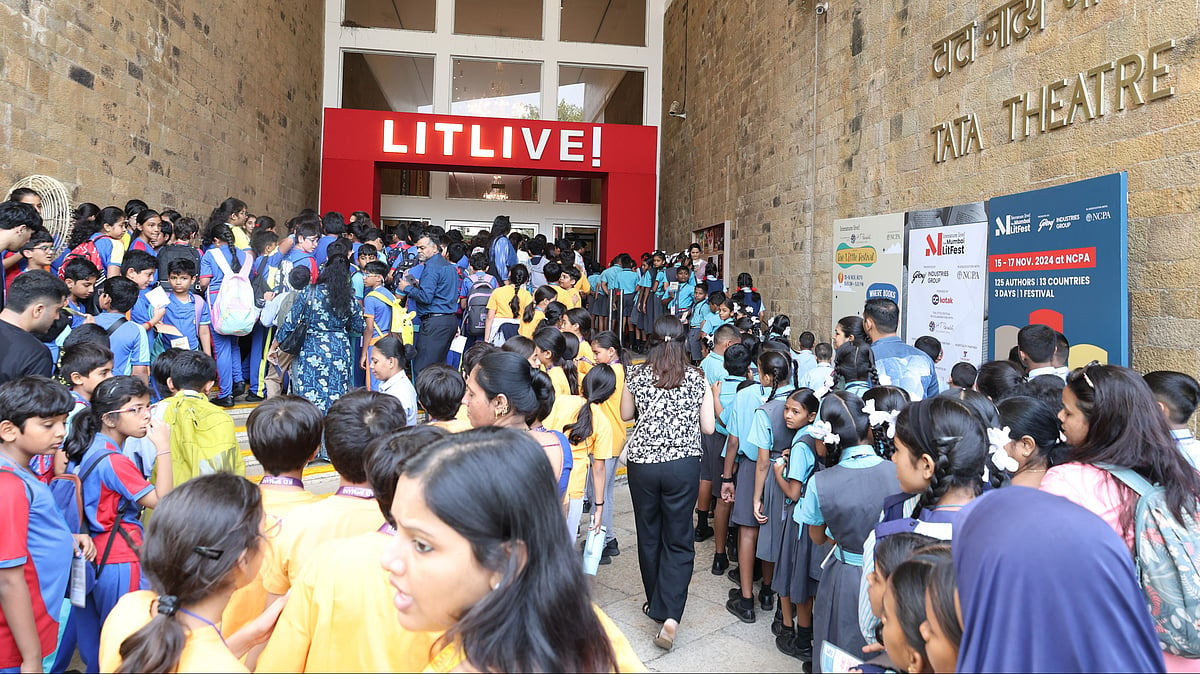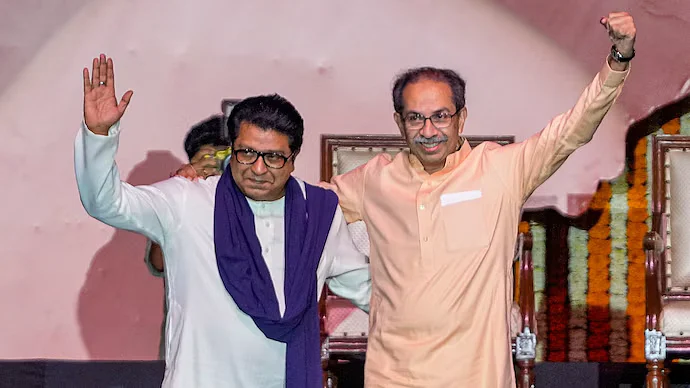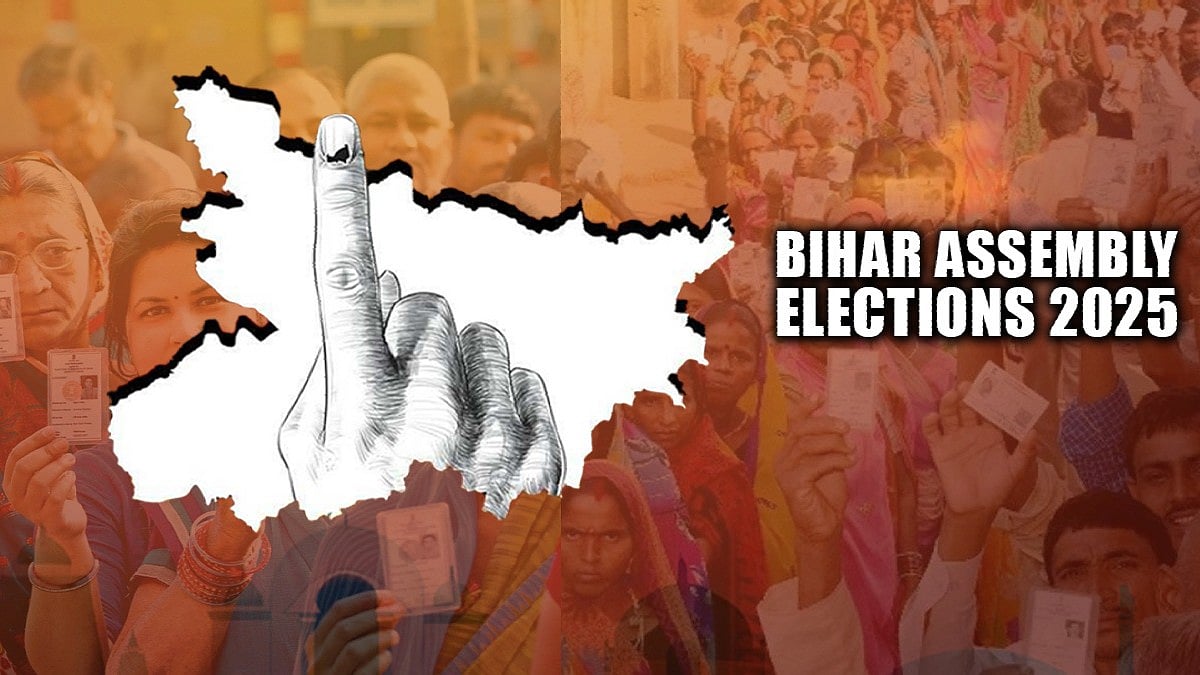The recent fall of the Awami League government in Bangladesh had led to considerable social upheaval, one of the more disturbing elements has been the targeted attacks on minorities, particularly Hindus with Reuters reporting that 200-300 mainly Hindu homes and businesses had been vandalised and 15-20 Hindu temples damaged. Predictably the vulnerable plight of Hindus in Bangladesh has become part of the political football between Hindu nationalists in India and secularists; with the former seeking to amplify, sometimes through disinformation the scale of attacks and violence against Hindus; while the latter perhaps more alarmingly coming dangerously close to overlooking the real vulnerability of religious minorities in the unrest currently taking place. Both approaches ignore the historical legacy of South Asia and the role the legacy of Partition that has left creating conflicts over both land and people as a poisoned chalice for minorities across all states in the region.
This legacy has given the inheritance of what some commentators, like Mahmoud Ali have termed a “Fearful State” suspicious of any demands of greater representation or autonomy by minorities within its borders, perceiving them as challenges to its authority and carrying with it the potential for irredentism. Such states have invariably engaged in a centralised and bureaucratic top-down project of nation-building that places a great emphasis on homogeneity. Combined with a society that is increasingly more prone to majoritarian politics and religious as well as ethnic nationalism this has created a structural straitjacket for minorities from which it is difficult to escape. No state or nationalist project within the region has been able to effectively manage relationship with their respective minorities satisfactorily without resorting to marginalisation, exclusion, and occasionally violent repression.
Ever present as a reminder of the painful wounds that accompanied Partition and secession; religious and ethnic minorities serve as a reminder of the incompleteness of nation-building projects that rely on majority religious and ethnic national identities rather than a pluralist, liberal democratic framework. Their very presence is a constant source of suspicion or fear and minorities pay the price for the anxieties of the majority in this regard. They form the convenient ‘internal Other’ that acts as a lightening rod for right-wing religious nationalist movements and parties, making them easy scapegoats that are the first to suffer for thwarted aspirations and political frustrations.
As Karlo Štajner recounts in his autobiography “Seven Thousand Days in Siberia” which records his experience in the Gulag after having been sent there during one of Stalin’s purges; there was a strict embargo on any news of the outside world but everyone in the camp knew when the Soviet forces were suffering military reverses on the Eastern Front against the Nazis because it was then that the prison guards would increase the beatings, torture and routine punishment for the political prisoners (in practice dissident Marxists and Socialists opposed to the regime) who were singled out for this treatment rather that the other opponents of the regime or regular criminals. This was a regular feature of the prison-camps that continued throughout WWII, for it was the ‘intimate enemy’ that provoked the most rage and resentment more than any other group.
A similar plight extends to that of religious and ethnic minorities in South Asia, who invariably, through no fault of their own, will often be the first to experience the wrath of both a repressive state and majoritarian social violence fed by right wing populism. While this takes it’s own particular trajectory and form in each state within the region; it is a structural reality which is pervasive and which needs to be both acknowledged and understood if it is to be overcome. Problematically, some progressive scholars and commentators appear to overlook or diminish this structural reality in their recent analysis of events in Bangladesh, putting forward several questionable lines of argument. An example of this which I wish to address is in an article in an online publication on August 8th, 'Bangladesh: How safe were Hindus under the Awami League?'.
One of the most frequently cited arguments is the fact that several Hindu temples were defended by local Muslims from potential rioters as a response to accusations that many had been attacked, the problem with this line of argument is several-fold. Firstly, it is a response not the only response, while laudable and a very powerful symbolic act, it cannot be properly assessed without contextualising it within the broader pattern of violence that has occurred; as given that over 200 minority establishments have been attacked, it is clear that not every minority place of worship or establishment can be so protected and in many locales, there will be no defenders forthcoming to play such a role.
Secondly, such voluntarism in itself cannot be a substitute for institutionalised action by a professional dedicated force, usually the police, for effective democratic politics to function, the state does need to fulfil its role as having the sole monopoly on legitimate violence, in the absence of which social conflict can no longer be resolved through agonistic political competition and will instead spill over into direct violence. It’s worth noting that throughout the history of communal rioting in South Asia, from the 1920s onwards there have always been instances where members from different religious communities have protected and sheltered each other; unfortunately, during a large-scale conflagration this has not proved a sufficient bulwark to prevent substantial loss of life and property. The state alone through its institutions has the resources and the range of coverage to be able to provide an effective maintenance of law and order in this respect. It’s ability to do so moreover, is crucially linked to the perception of security that minorities will have, as in its absence, despite the goodwill of neighbour and friends, such fears of vulnerability will be heightened removing a crucial pillar guaranteeing safety to minority communities.
Civil society actions will inevitably be only a temporary and ad hoc solution to the problem of violent disorder; unless they are part of a broader and organised social and political mobilisation; something akin to the large demonstrations being held in major Western capitals such as London, protesting the war in Gaza, which have numbered in their tens of thousands and been consistently turning out on a near weekly basis to put pressure on the British government for a ceasefire. Another example would be the mass anti-racist demonstrations held last week following several days of rioting in English cities and towns over the issue of refugees and race, that threatened to engulf many urban centres; it was the impressive turn out of these anti-racist demonstrations, more than any decisive action by the state or police, that dampened the narrative which was that there was large unrest over uncontrolled immigration and hosting of refugees, which if not addressed would spiral out of control. However, these were peaceful mobilisations which is what made them effective politically, they were not combative ones designed to prevent violence from breaking out.
The second line of argumentation which is put forward is to draw a distinction between political violence and communal violence; stating that as Hindus in Bangladesh were largely supporters of the Awami League; any violence against them can largely be seen through this prism, as those enraged by the repressive actions of the fallen government, focus their anger on those groups that are seen as it’s erstwhile supporters and this rather than an outbreak of communalism explains the incidents of violence against minorities that has occurred.
While ostensibly seeking to provide an explanatory model of why such violence occurs, such an approach obfuscates the actual dynamics of such a process and comes dangerously close to a rationalisation of such violence for at least three reasons. At an immediate humane level to paraphrase Tolstoy’s dictum, the first priority is to remove the boot from the neck of vulnerable minorities and ensure their protection; as for those on the receiving end of such violence whether the motivation is political or communal is of less interest than the tacticity of such targeted violence in the first place- whether the violence is political or communal in nature, the blunt fact is that minorities will be singled out and will suffer, which is something that needs to be addressed. Secondly, empirically, it is not easy to clearly determine motivation easily; especially since when such violence occurs, it can be so for a multiplicity of reasons that one cannot establish the causation of by facile quizzing of the protagonists. Lastly and most seriously, such an analysis rests on a false dichotomy between political violence and communal violence when the two are deeply intertwined in South Asia because of its historical legacy and cannot be easily separated.
Given the history of the region the one bleeds into the other particularly given the mixing of religion and nationalism which creates a combustible cocktail- political violence which is often communal violence and vice a versa. The two cannot be divided into hermeneutically distinct separate categories, but are inextricably mixed. Moreover, the unique aspect of communal violence is that it targets individuals based on their religious identities; therefore claims that it is like other forms of violence suffered by women, the poor, rural groups, linguistic minorities etc. who are vulnerable to those more powerful than them in the social order is disingenuous, as when communal violence occurs, people are subjected to violence based on their ascriptive religious identities which they cannot escape or evade and are attacked as Hindus or Muslim etc. regardless of whether they are poor or rich, women or men. This is the great destructive capacity of communal violence, that it squeezes out any room for other social identities and reduces individuals simply to their religion.
Even when such violence can be said to be motivated for purposes of material gain or political advantage; it overlooks historically just how easily once mobilised along communalised lines, such violence can slip out of control and spread into a broader communal conflagration. The historian Anwesha Roy’s analysis of communal riots in early 20th century Bengal is relevant here; as she outlines how initially class-based mobilisations in the province by the immiserated largely Muslim peasantry protesting against declining living standards along with rent and other extractions by a largely Hindu landlord class; went from being a typical jacquerie over the space of a few decades to a communally charged confrontations that ended with the explosive communal rioting of the 1940s in the run up to partition. The rapidity and ease with which a class-based antagonism was transformed into a communal one as vertical mobilisation and religious identities hardened indicate the dangers of the communal genie once it is released from its bottle.

Even those who argue that the current violence is mostly the result of party politics are forced to acknowledge that violence towards minorities especially Hindus was also a feature under the Awami League government. According to Ain O Salish Kendra, a Bangladeshi Human Rights organisation, over 3,710 incidents targeting Hindus were reported between January 2013 and September 2021, with many instances involving the complicity of Awami League leaders in acts of vandalism. Rana Dasgupta, the General Secretary of the Bangladesh Hindu Buddhist Christian Oikya Parishad, told the Daily Star newspaper, “It is unfortunate that the majority of grassroots leaders of the ruling Awami League are also seen joining them in the attacks.”
The persistence of these attacks against the Hindu minority is reflected in the haemorrhaging of the Hindu population in the country (even after the mass displacement due to Partition), Hindus comprised 22% of the population in East Pakistan, as Bangladesh was known in 1951, this fell to 14% in 1973 after the depredations of the Pakistani army during the war of liberation that took place in 1971 and the most recent census figures from 2022 give a further reduction to only 8%. The constant emigration of Hindus from Bangladesh due to repression has been a continual source of tension in relations with India from the very beginning, the flow of refugees in the late 1940s together with reports of forced conversion and attacks on the Hindu community that nearly provided a casus belli between the two countries, averted only by several months of intensive diplomacy leading to the signing of the Nehru-Liaquat Pact that was meant to guarantee minority rights on both sides of the border and reduce pressures that could lead to war. While it was successful in achieving the latter, it failed to guarantee the former leaving the toxic legacy of majoritarianism unresolved.
As the Foreign Editor of The Hindu, Stanly Jonly, points out, there are currently three dominant blocs vying for power in Bangladesh: the student protestors whose actions deposed the Awami League government, the Bangladesh National Party (BNP) - Jamaat-e-Islami combine who were the existential long-term political opponents of the Awami League and seek to take advantage of the latter’s fall to acquire power and lastly the military.
The Chief Adviser to the interim government is the Nobel Laureate and technocrat economist Muhammad Yunus, who is seen as the broadly acceptable consensus candidate but whose own political ambitions are limited as he lacks an organised political machinery and his foray into electoral politics by launching his own political party in 2007 was largely a failure. As a result, he will be dependent on the student protestors and the military; the former have momentum as well as the kudos for having led the effective demonstrations that finally defenestrated Sheikh Hasina as PM but they lack an effective organisation which the BNP-Jamaat combine does possess. The latter are keen for elections to be held as they realise given the lack of political opponents, with the Awami League discredited and mostly absent from the scene, they have an excellent chance of winning. The interim government however is in no rush to hold polls; however, the violence in the streets and against Hindus and other minorities indicate that pressure is being applied to derail the aims of the students’ movement. Despite the popularity that the protestors and students have achieved in removing the government; much of the remaining muscle power at the ground level belongs to the BNP-Jamaat combine and they will utilise it to generate communal conflict to their advantage.
Yunus is an intelligent and experienced presence who understands the challenges facing the country as evinced by his words calling for unity: “I appeal to all students, members of all political parties and non-political people to stay calm. This is our beautiful country with lots of exciting possibilities. Violence is our enemy. Please don’t create more enemies. Be calm and get ready to build the country.” Adding: “While coming I got the news that there have been attacks on minorities — Hindus, Buddhists, Christians, Ahmadiyyas. That’s not for us, our job is to protect them.” These are laudable sentiments yet the window to escape the communal straitjacket is small and closing, it remains to be seen whether under the new dispensation Bangladesh will finally be able to escape it.
Conrad Barwa is a senior research analyst at a private think-tank, and a senior research associate at the Birmingham Business School














